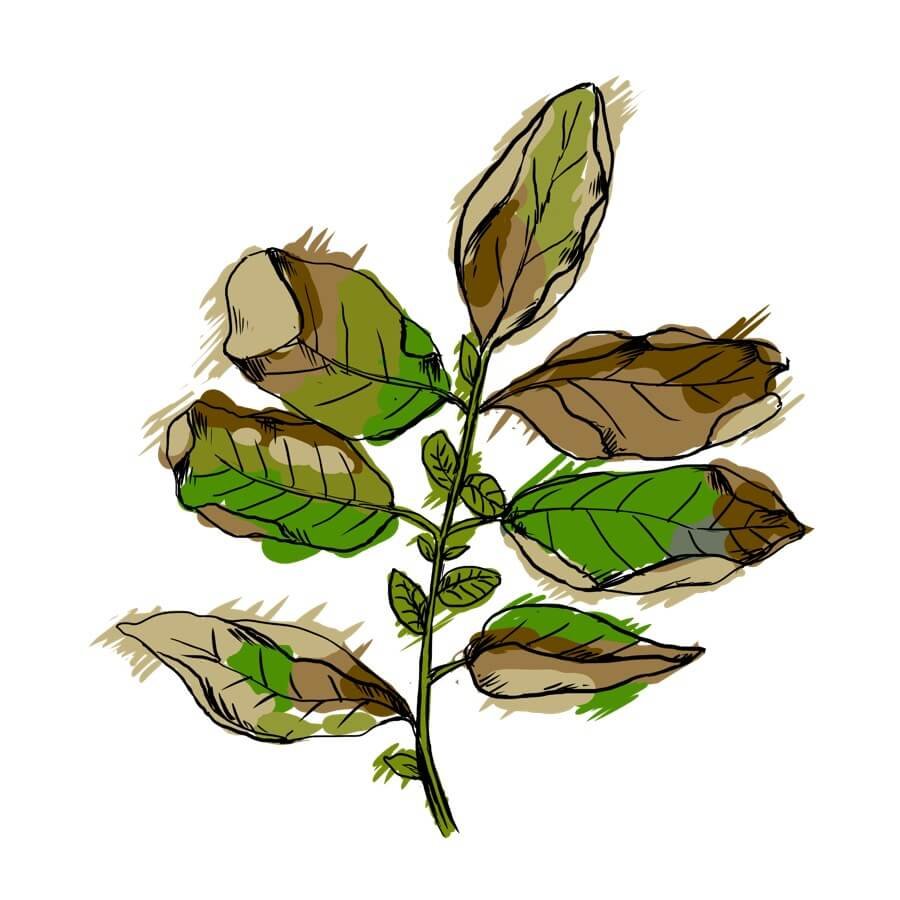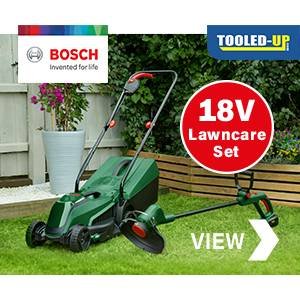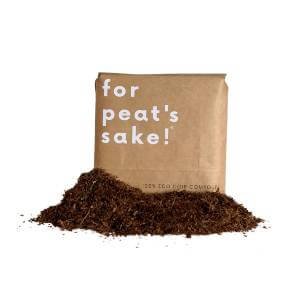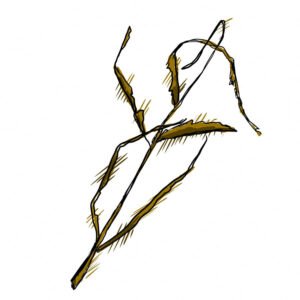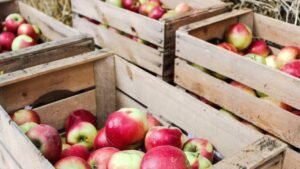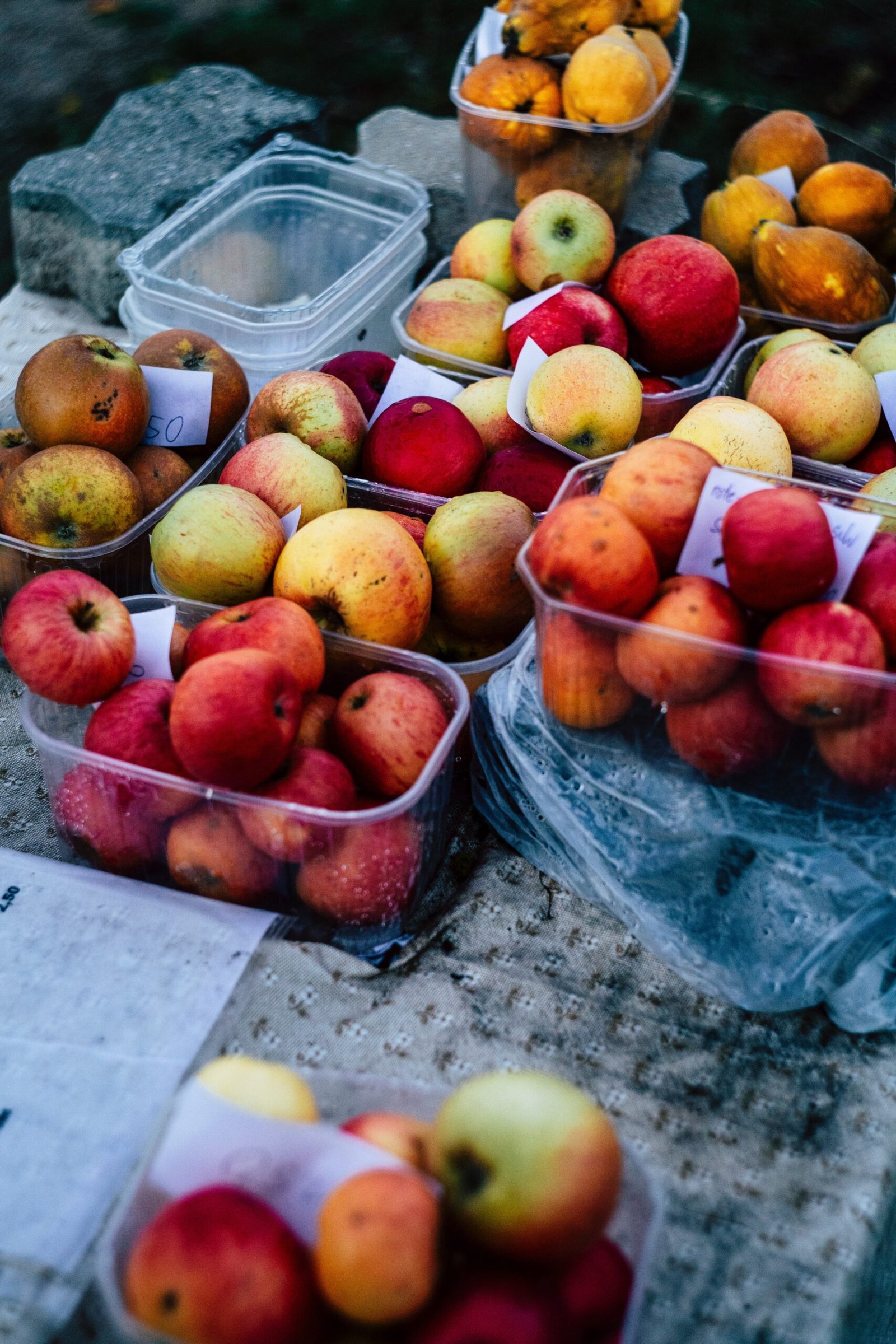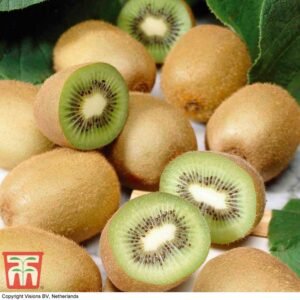Potato blight (Phytophthora infestans) is a devastating disease that can cause significant losses to potato crops, affecting both yield and quality. It has been responsible for severe potato crop losses in many parts of the world and is still a significant threat to potato growers today. In this article, we will explore the causes, symptoms, prevention, and control measures for potato blight.
What is Potato Blight?
Potato blight is a fungal disease caused by the pathogen Phytophthora infestans. It affects both foliage and tubers and spreads rapidly, causing extensive crop damage. The disease can be challenging to control, especially in humid climates. The spores of the fungus are spread through air currents and can also survive on plant debris in soil.
Symptoms of Potato Blight:
Potato blight symptoms can vary depending on the stage of infection. Below are some of the common symptoms:
Foliar symptoms:
- Dark green or black spots on leaves
- Water-soaked lesions
- Spots may turn brown, enlarge, and produce a yellow halo
- Rapid wilting, curling, and death of foliage
Tubers symptoms:
- Brown to purplish lesions on the skin of the tubers
- Lesions may be shallow or deep and grow in size
- The flesh inside the tuber may be discoloured and soft
- The skin may start to crack and take up excessive moisture
Causes and Contributing Factors:
Potato blight typically thrives in areas with high humidity, cool temperatures (60-65°F), or when there is a period of leaf wetness. This environment encourages the growth and spread of the pathogen.
Additionally, exposure to spores of the fungus through wind or contaminated potato tubers introduces the disease to healthy potato plants. Inadequate crop rotation and heavy reliance on susceptible potato varieties also increase the risk of infection.
Prevention and Control:
Cultural Techniques:
- Crop rotation: Crop rotation ensures that potato blight spores that may have remained in the soil are not given a conducive environment to grow. The rotation should be as long as possible (at least three years) and other crops grown should not be from the Solanaceae family.
- Resistant varieties: Planting potato varieties that are resistant to blight reduces the risk of disease development. It is crucial to select seed potatoes from reliable sources to ensure that they are free from the disease.
- Irrigation: Limit irrigation if possible, to prevent excessive moisture in the potato field. If necessary, irrigate early in the morning to reduce the time that the foliage remains wet.
- Remove affected plant material: The removal of infected plant material from the potato field and its destruction can reduce the spread of the disease.
Chemical Treatments:
Fungicides have been used to control potato blight successfully. Fungicides that have activity against Phytophthora infestans are used when the conditions are favourable for the disease. It is essential to spray fungicides regularly to ensure maximum effectiveness, and application must be carried out by following proper guidelines.
Managing Potato Blight:
If potato blight is detected, it is crucial to take prompt action to prevent further spread.
- Remove and destroy affected plant material: Infected plant material must be removed from the potato field and destroyed immediately. It is recommended to do this on a dry day to prevent further spread of the disease.
- Reduce spread through storage: Store healthy potato tubers in a separate store or bin, away from infected tubers.
- Repair ventilation system: A well-ventilated potato store will reduce the risk of the disease developing during storage.
Conclusion:
Potato blight is a severe disease that can significantly affect potato crops. Understanding the causes, symptoms, prevention, and control measures for potato blight is essential for effectively managing the disease.
By implementing proper cultural practices like crop rotation, planting resistant varieties, and using chemical treatments when necessary, potato growers can minimise the impact of potato blight and protect their crops.
FAQs
Here are some frequently asked questions (FAQs) about potato blight:
Q: What is potato blight?
A: Potato blight, also known as late blight, is a fungal disease caused by the pathogen Phytophthora infestans. It affects potato plants, causing rapid deterioration of foliage and tubers, ultimately leading to crop loss.
Q: How does potato blight spread?
A: Potato blight spreads through spores that are carried by wind and rain. It can also spread through infected seeds or contaminated tools and equipment. The disease can rapidly spread within a field or between fields if suitable conditions are present.
Q: What are the symptoms of potato blight?
A: The symptoms of potato blight include dark lesions on the leaves, stem, and tubers. The lesions often have a fuzzy or moldy appearance. The foliage may also turn yellow or brown and wither rapidly. Infected tubers develop dark, greasy-looking patches that can rot quickly.
Q: Can potato blight be treated once it appears?
A: While it is challenging to treat potato blight once it has infected plants, some measures can be taken to minimize its impact. Fungicides can be applied preventively or early in the infection to protect healthy foliage, but they cannot cure already infected plants. Infected plants should be removed and destroyed to prevent further spread.
Q: How can potato blight be prevented?
A: Prevention is key when it comes to potato blight. It can be achieved by selecting blight-resistant potato varieties, planting certified disease-free seed potatoes, practicing crop rotation, providing adequate plant spacing for good airflow, and regular scouting for early signs of infection.
Q: Are there natural or organic methods to control potato blight?
A: While complete control of potato blight using natural or organic methods is challenging, some cultural practices can help reduce its impact. These include removing infected foliage promptly, enhancing soil health through organic amendments, and using copper-based sprays or other approved biocontrol agents as preventive measures.
Q: Does potato blight affect other crops or plants?
A: Potato blight primarily affects potato plants, but it can also infect other members of the Solanaceae family, such as tomatoes and peppers. These crops should be monitored closely if potato blight is present in the area.
Q: Are there resistant potato varieties available?
A: Yes, certain potato varieties have been bred to have increased resistance to potato blight. It is advisable to select blight-resistant varieties in areas where the disease is prevalent. However, it is important to note that resistance is not absolute, and proactive preventive measures should still be taken.
Remember, early detection and timely action are crucial for managing potato blight. By practicing good cultural practices, selecting resistant varieties, and promptly removing infected plants, you can mitigate the impact of potato blight and protect your potato crop.

